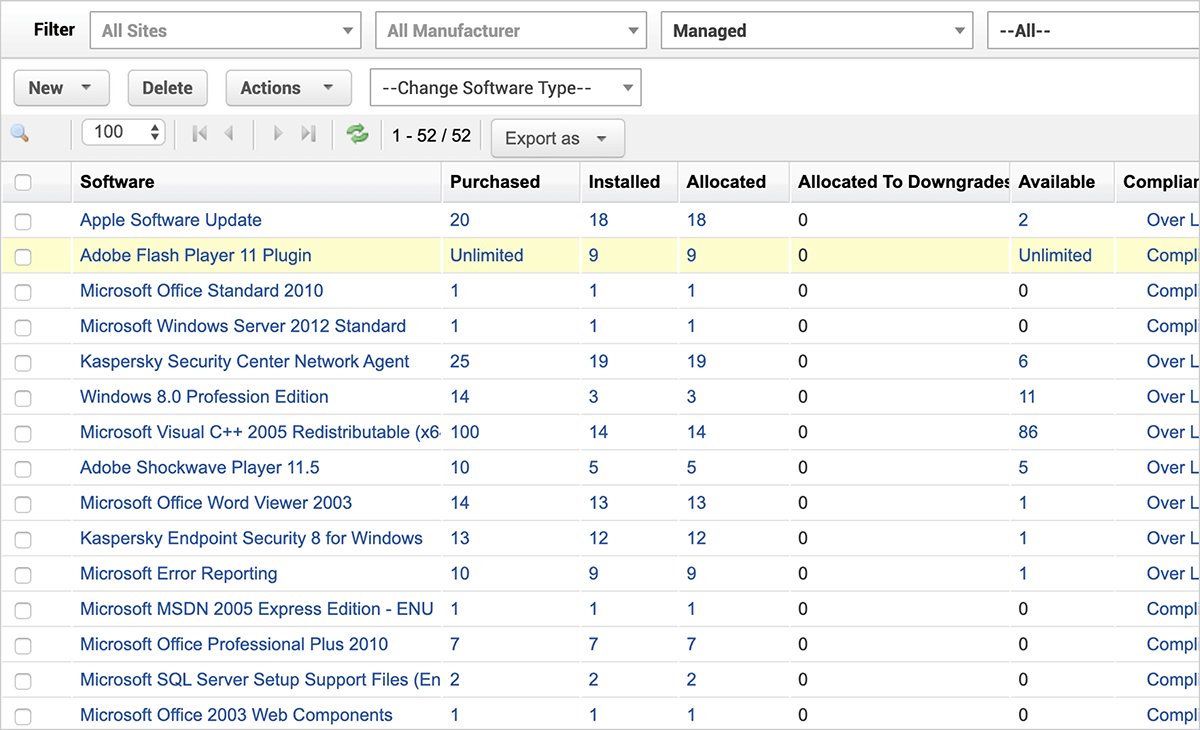With ServiceDesk Plus, transform the way your ticketing system works to enhance your ticket resolution experience.
-
+ years
of experience
-
+
service desks
-
countries
Essential features in ServiceDesk Plus for building an effective CMDB
IT asset discovery
Scan and discover all your IT assets and their information easily using different techniques, such as a Windows domain scan, script scan, or agent-based scan.
Custom CIs and relationship types
Create CIs, organize them into categories for quick reference, and assign them predefined or custom CI relationship types. Define direct and inverse relationships for easier impact analysis. Import all CIs into ServiceDesk Plus effortlessly using CSV files and CMDB APIs for an accurate record of all their information.
Visual relationship builder
Map out the relationship between every CI in the inventory on a drag-and-drop interface and visualize statuses, impacts, relationship types, and more for easier decision-making in terms of planned changes, incident management, and asset management.
CI inventory
Easily access all CIs in your inventory irrespective of type using the CMDB list view, and use filters to view the CIs under each CI type. You can add CIs under a CI type, modify a CI’s type, view CIs in the relationship map, or even delete CIs in one go, all in one place.
Business views
Build custom relationship maps specific to a service or a critical CI, and track their dependencies quickly. Access all the information on each CI and its associated CIs at the click of a button.
Awards & Recognitions
Here are some main points to consider while building an effective CMDB for better ITSM:

- Plan your CMDB based on the business outcome that is envisioned.
- Take input from relevant IT teams within the organization, involve them in identifying team goals and requirements, and collect accurate data from stakeholders.
- Do your research and find a service desk tool that comes with a flexible CMDB and allows you to customize the structure and data according to how your IT functions.
- Consider the CMDB as the single point of reference for assets and all IT infrastructure, and avoid duplicated databases containing items already included in your CMDB.
- Choose a tool that gives you the advantage of automation in recognizing new configuration items and updates on previously recorded CIs, as well as recording these changes in the CMDB.
- Finally, allow the CMDB to grow with your organization. This requires starting with what data is already available and slowly building up the CMBD into the comprehensive database it’s meant to be.







